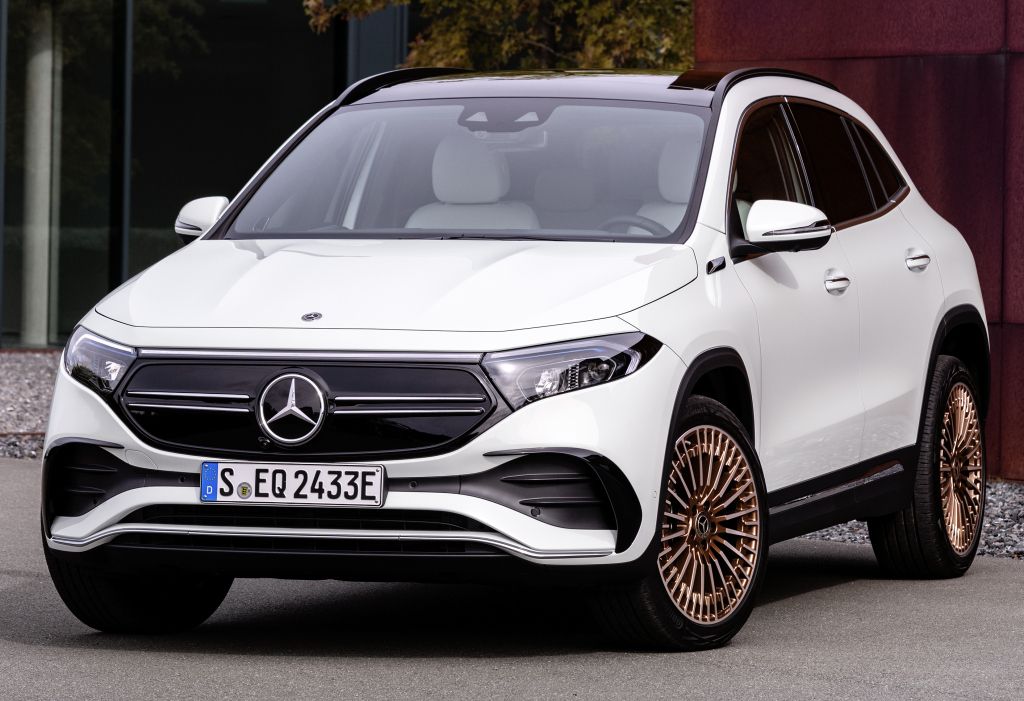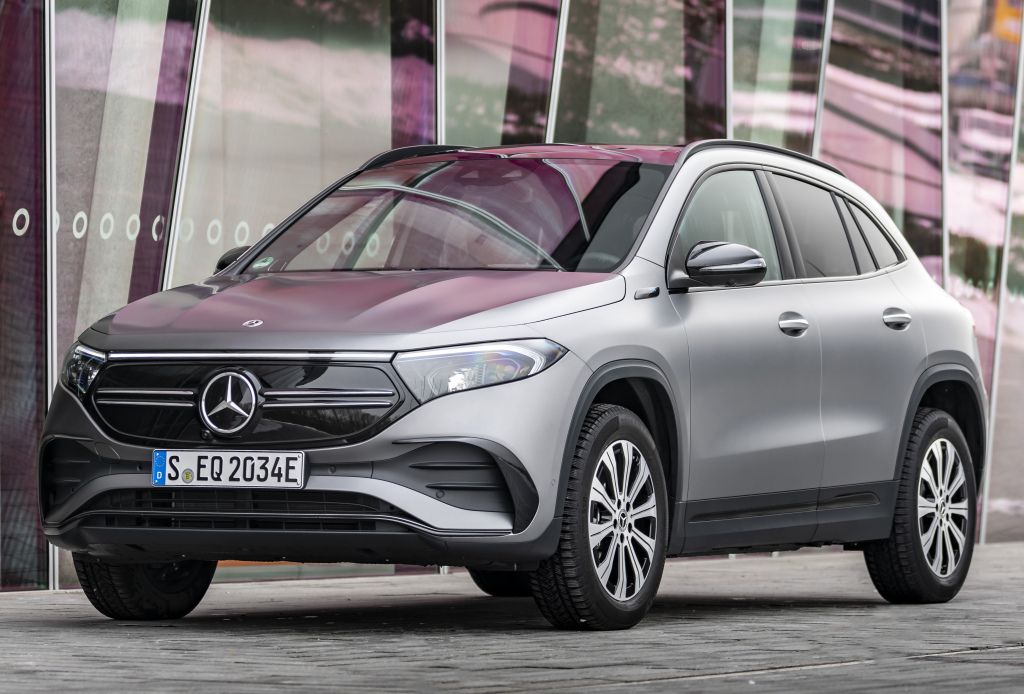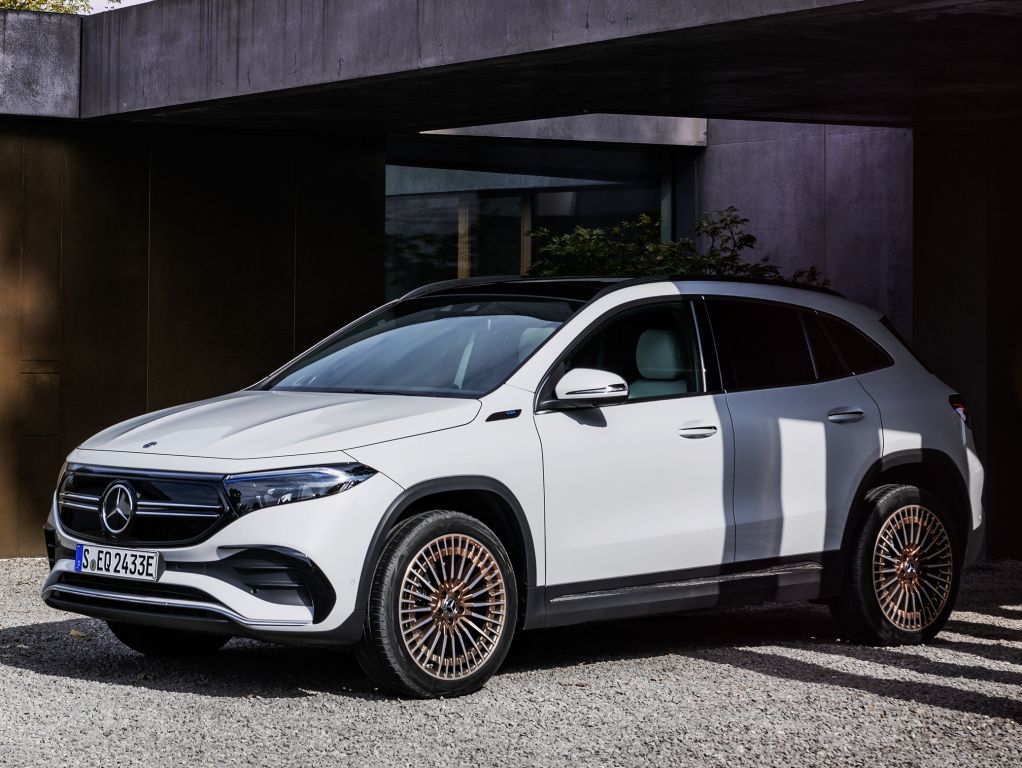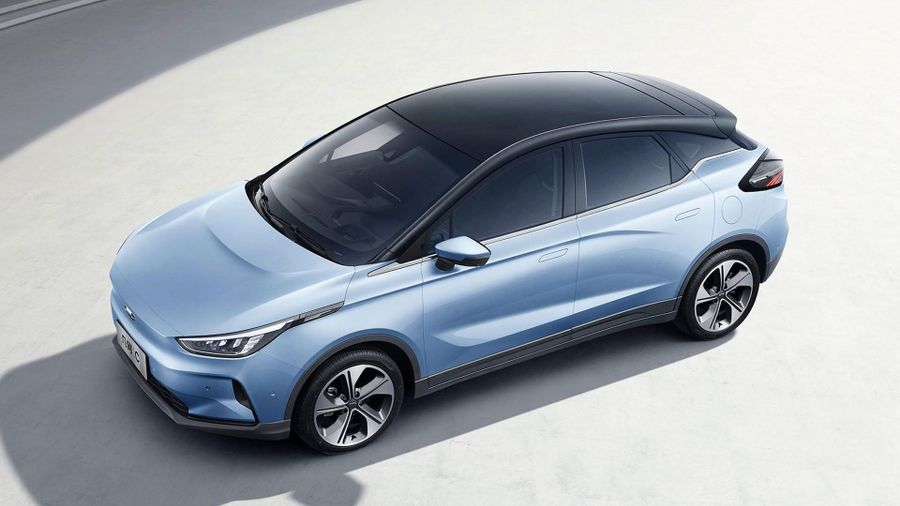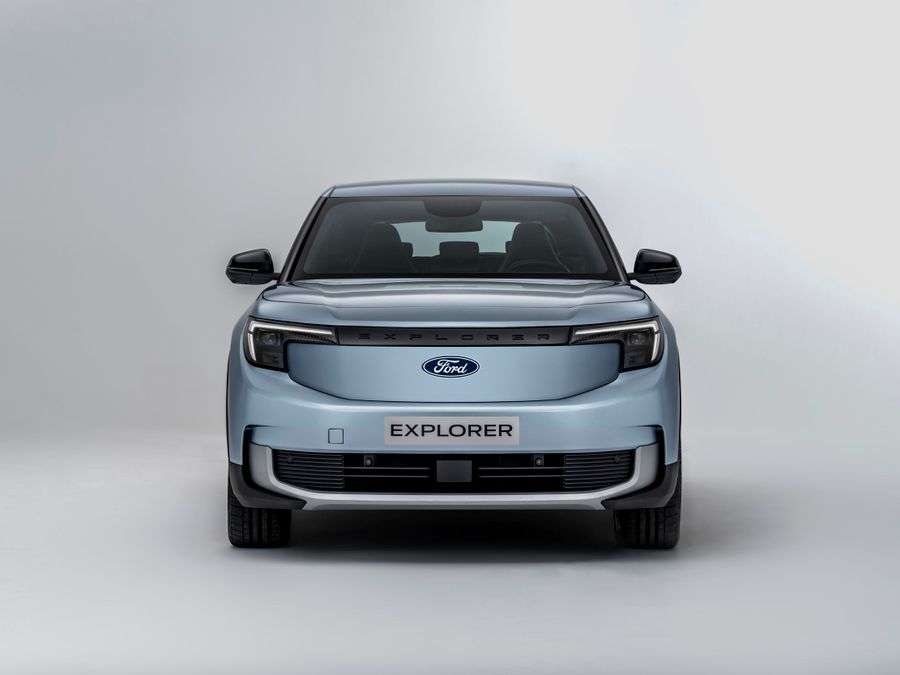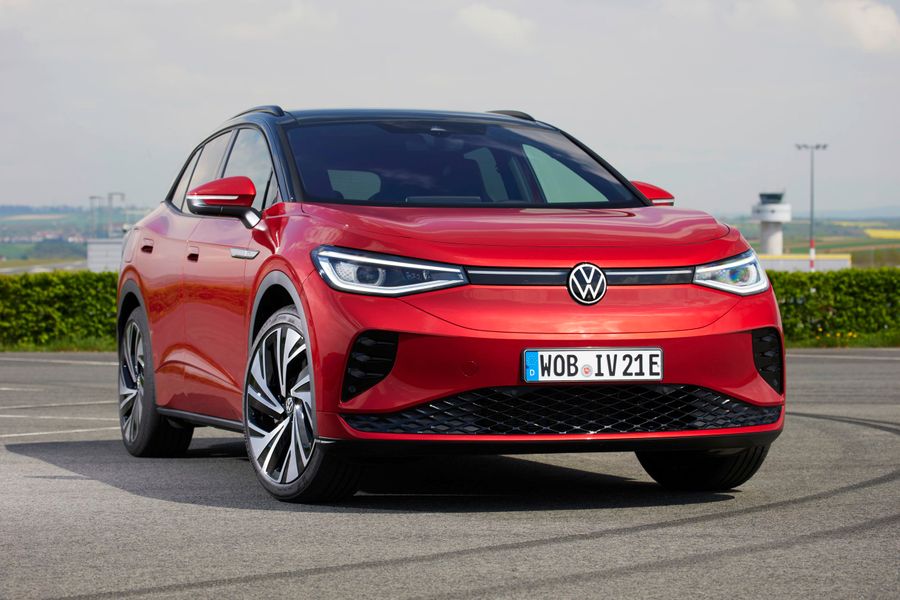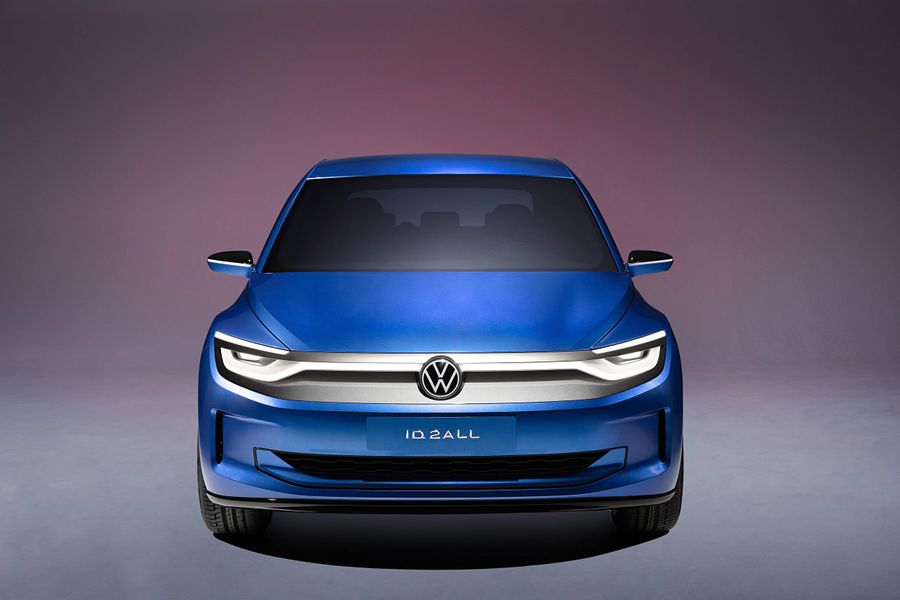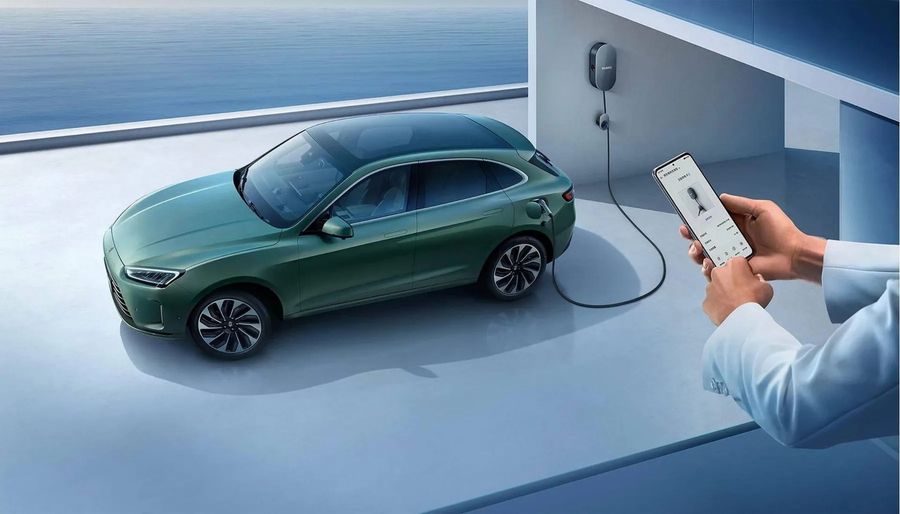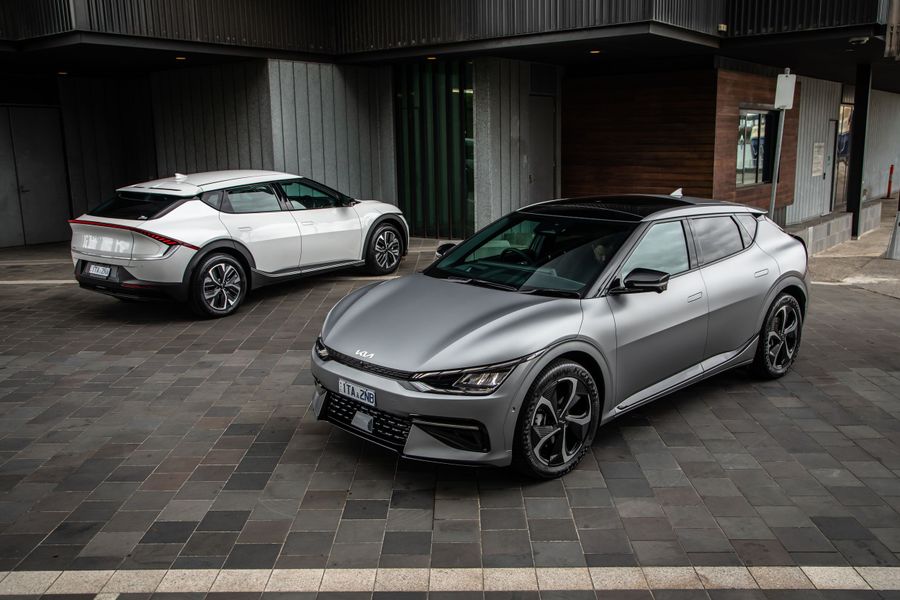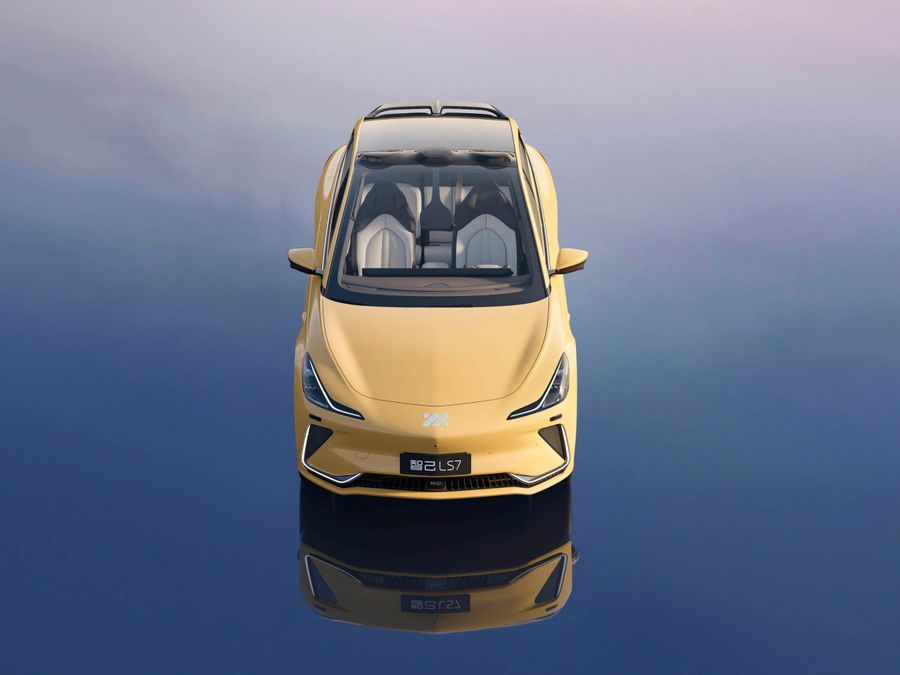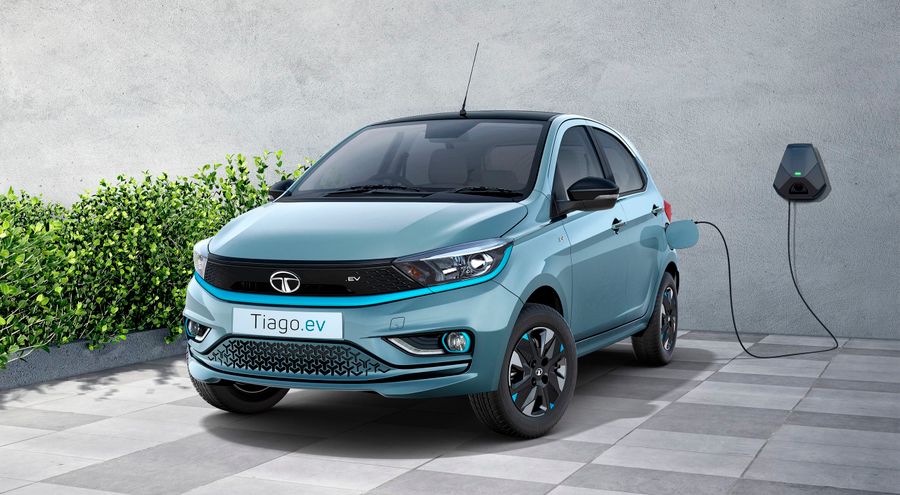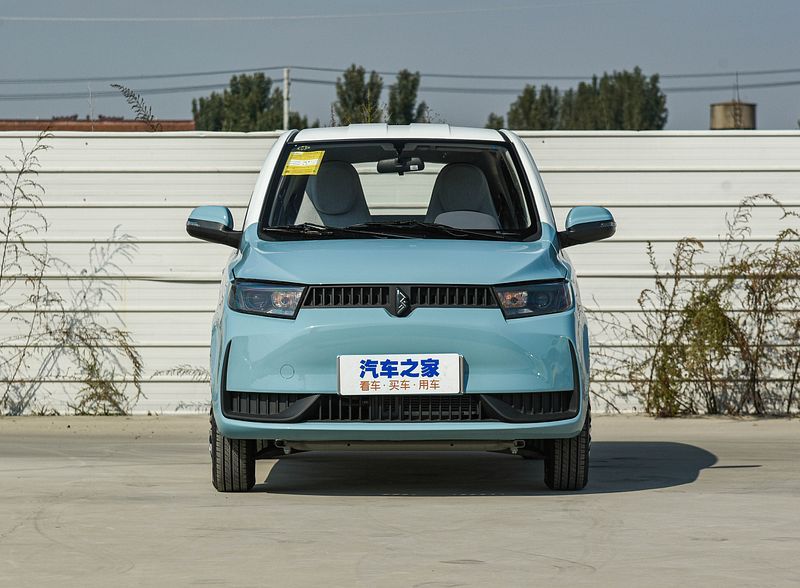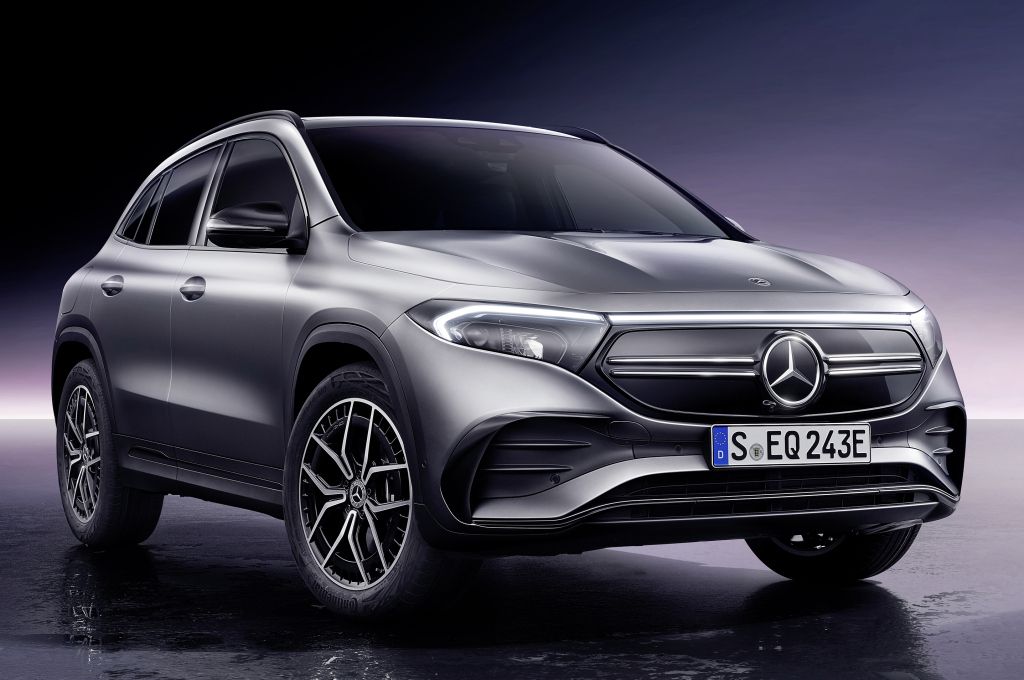
Mercedes EQA. New electric A-Class
The Mercedes EQA is a compact electric SUV based on the GLA model, produced since 2021 by the EQ sub-brand of Daimler AG (Germany).
The production model is expected to have at least two versions: front-wheel drive and all-wheel drive. However, in 2021, Israeli buyers can purchase a front-wheel drive version only. Plus, AMG is likely to prepare its own version.
The new Mercedes EQA today is the junior electric vehicle of the EQ sub-brand. The compact electric SUV debuted in February 2021. Moreover, the initial EQA concept was a 3-door hatchback, but as a result, a small 5-door SUV, based on the Mercedes GLA, went into mass production. It should be noted that the EQA and EQC electric vehicle already have many ‘electric’ friends: the EQV van, the EQB SUV, the recently released EQS luxury liftback, the EQE business sedan expected in 2022, and the EQG SUV that will be released in the distant future.
The first generation
It has been produced from 2021 to the present. The first Mercedes EQA is based on the MFA platform, just as the second generation Mercedes GLA. Therefore, the models have the same body, but with some differences. The front end of the electric SUV has been completely redesigned and is now equipped with original headlights and a plug instead of a radiator grille. The taillights are connected by a bridge, the red luminous line of which echoes the light strip at the edge of the hood. The rear platform for the license plate has been moved from the fifth door to the bumper. In addition to this, the wheels are designed to improve aerodynamics. All the changes have allowed making the aerodynamic drag coefficient of the electric SUV slightly lower than that of its petrol counterpart: 0.28 versus 0.29. The wheelbase of all the A-Class models (GLA, CLA) is the same (2,729 mm), but the body length of the EQA is 4,463 mm, which is 53 mm longer than that of the GLA. Their width is also the same (1,834 mm), but the EQA is slightly higher (1,624 mm versus 1,611 mm). The trunk volume varies from 340 to 1,320 liters.
Interior and equipment
The interior of the 2021/2022 Mercedes EQA is practically the same as that of the GLA, but with its own screensavers and menus specific to the electric vehicle. The electric SUV is equipped with screens of a virtual dashboard and an MBUX media system with navigation, the size of which, depending on the trim level, is 7 or 10.25 inches. The front panel features an original decorative insert. A special Electric Intelligence navigation system helps the driver to plan the best routes, taking into account the location of the charging stations, charging time, weather and traffic.
The front-wheel drive electric SUV is capable of traveling at least 400 km without recharging.
For the first time for the brand, its vehicle features interior lighting. The basic trim level includes seven airbags (including a driver’s knee airbag), luxury four-way adjustable seats, automatic braking and lane departure warning systems, LED headlights with automatic switching from high beam to low beam, electric fifth door, interior lighting with the ability to choose from 64 colors, 18-inch alloy wheels (the top version offers 20-inch two- or three-color wheels), a rear-view camera, a heat pump to minimize the interior heating cost.
For a surcharge, you can have the Electric Art and AMG Line versions, a separate Night Package and a special Edition 1 dedicated to the start of sales. Depending on the trim level, you can get a panoramic roof, decorative elements in ‘rose gold’ color on the ventilation deflectors, seats and key. The Edition 1 version features perforated leather seats, with the blue Mercedes-EQ fabric visible through the holes.
Modifications
At the beginning of sales, there is only the front-wheel drive Mercedes EQA version, with one electric motor generating 188 hp and a 66.5 kW/h battery. Acceleration from 0 to 100 km/h occurs in 8.9 seconds, and the top speed is 160 km/h. The declared minimum drive range is 400 km. The electric vehicle consumes, on average, 15.7 kWh per kilometer. The on-board AC charger allows you to charge the battery at 11 kW, whereas the DC station offers the charging power of 100 kW. In the first case, 100% charging takes 5 hours and 45 minutes, and in the second case, it takes 30 minutes to recharge the vehicle up to 80%.
In the future, the manufacturer will release a powerful twin-engine four-wheel drive version and a more capacious battery, which will offer a drive range of more than 500 km.


